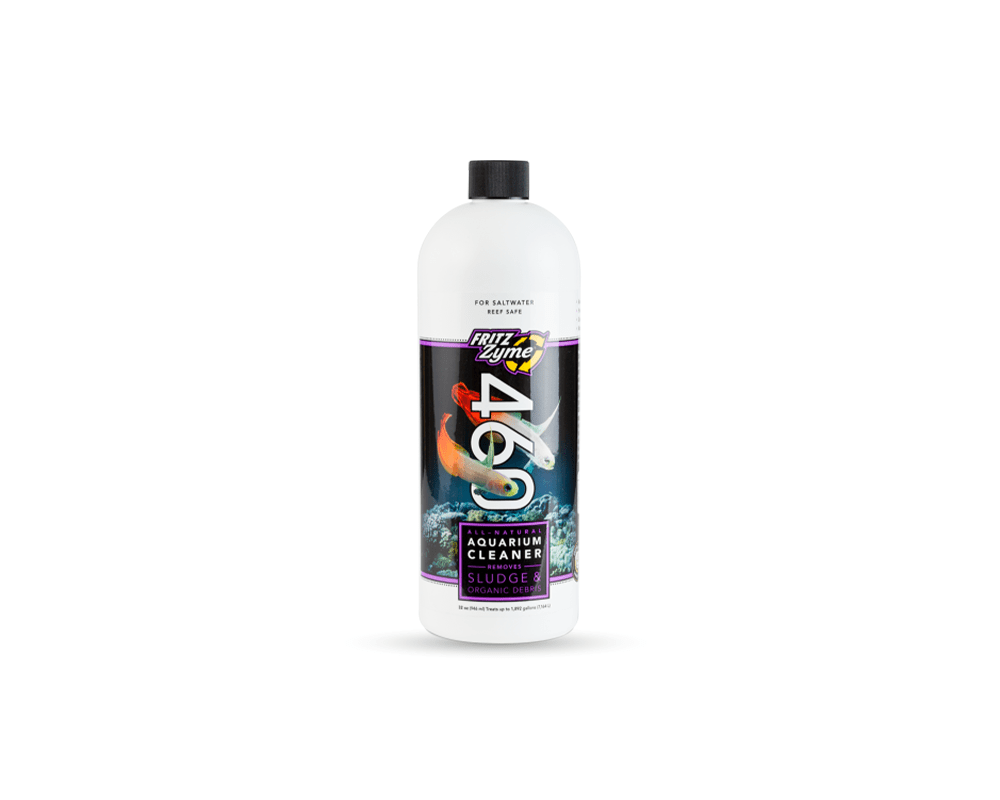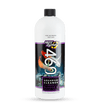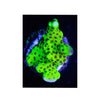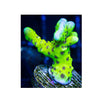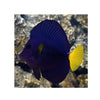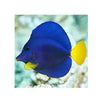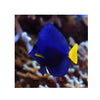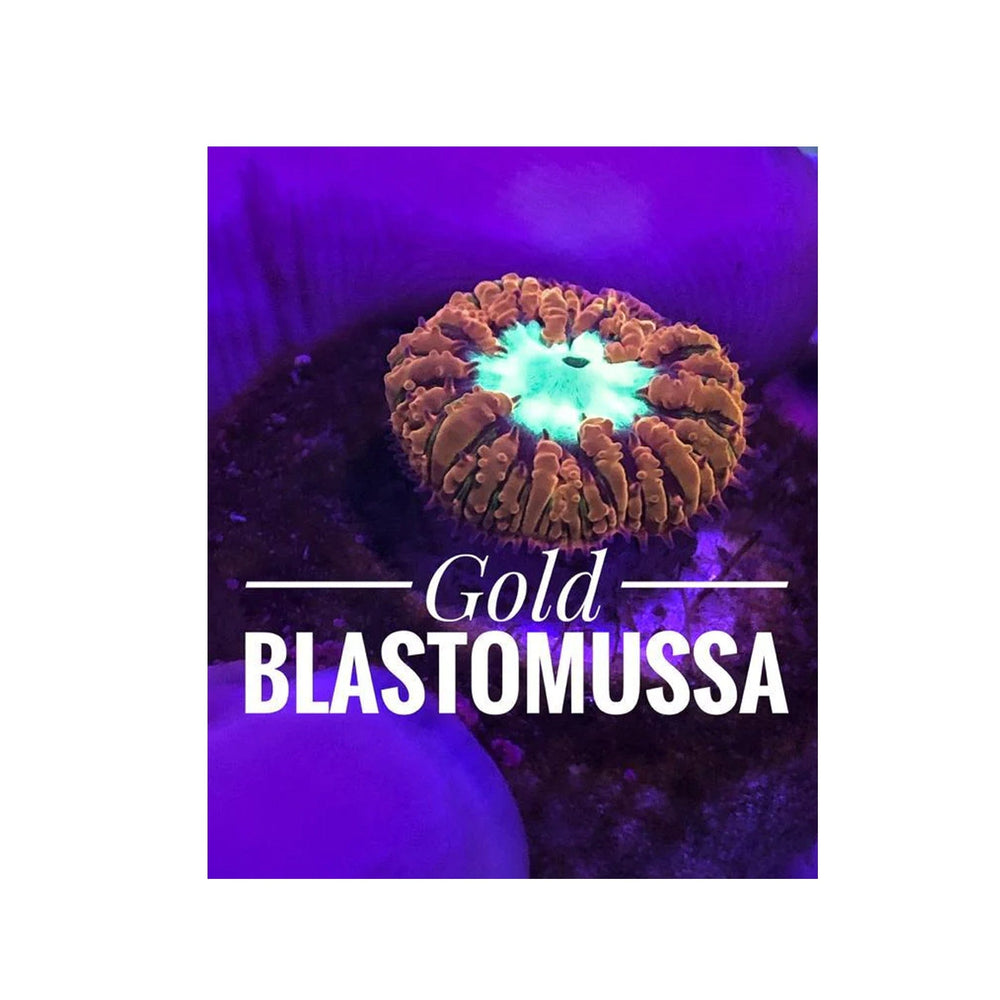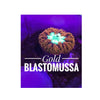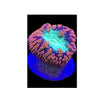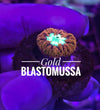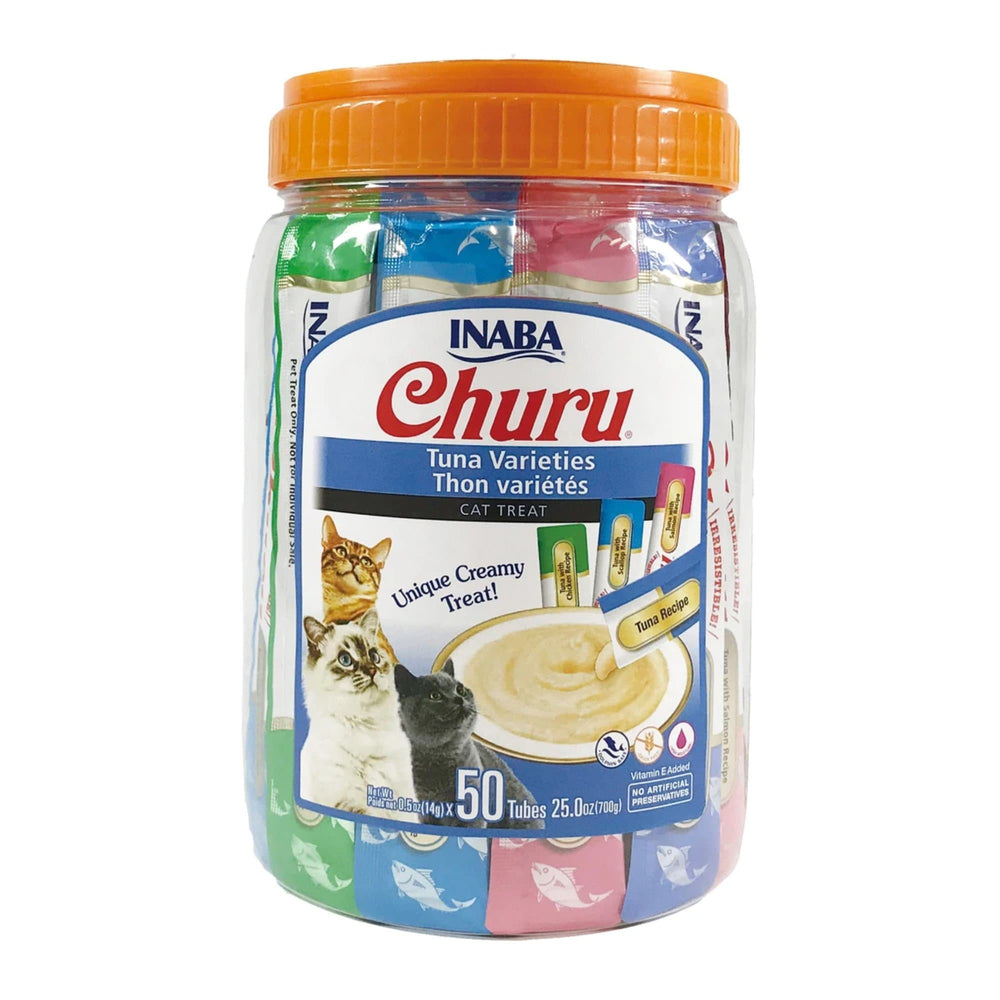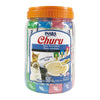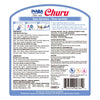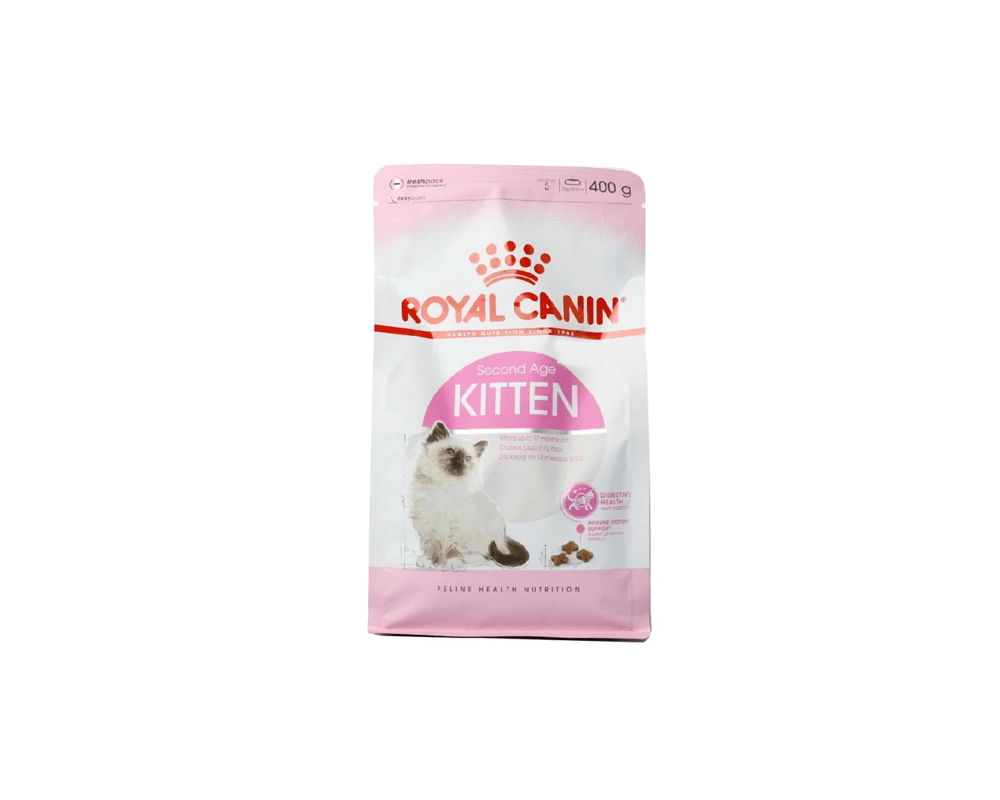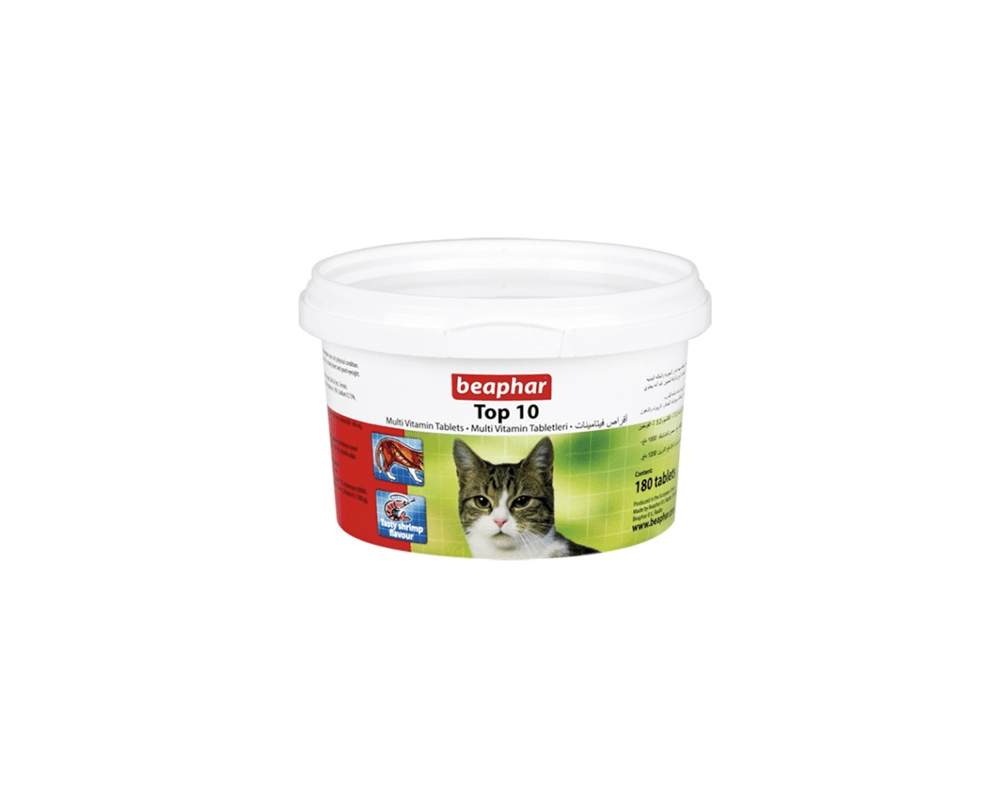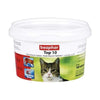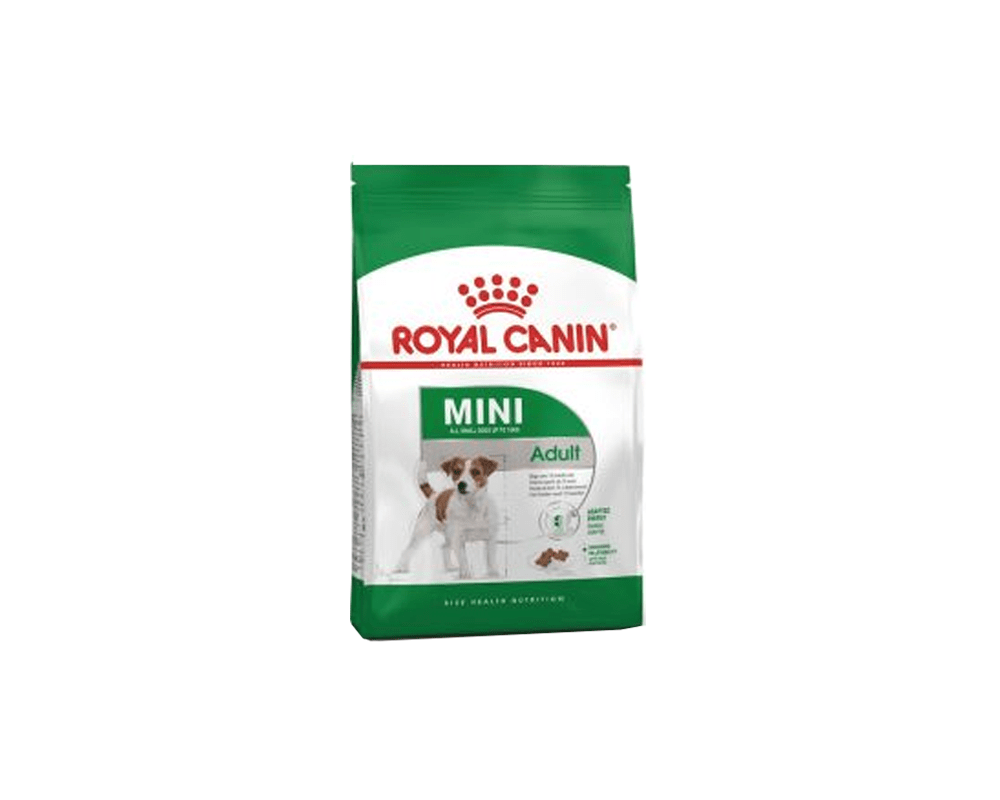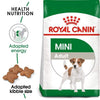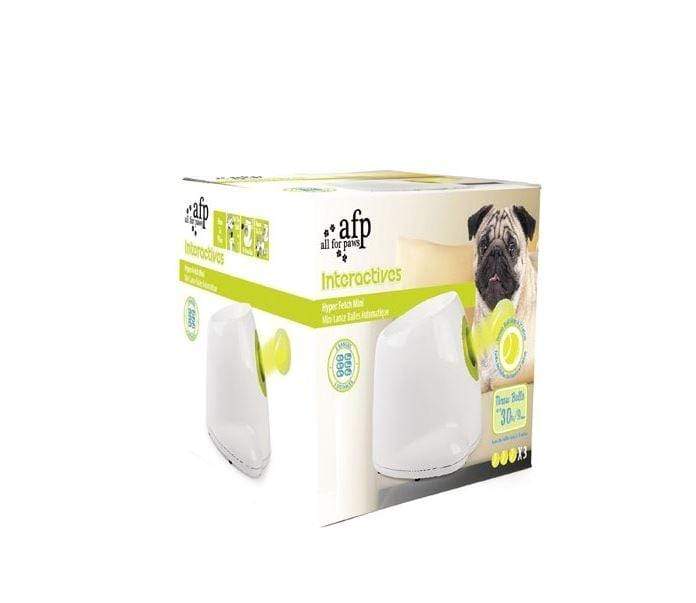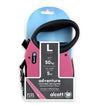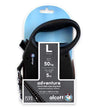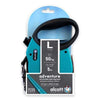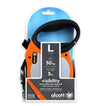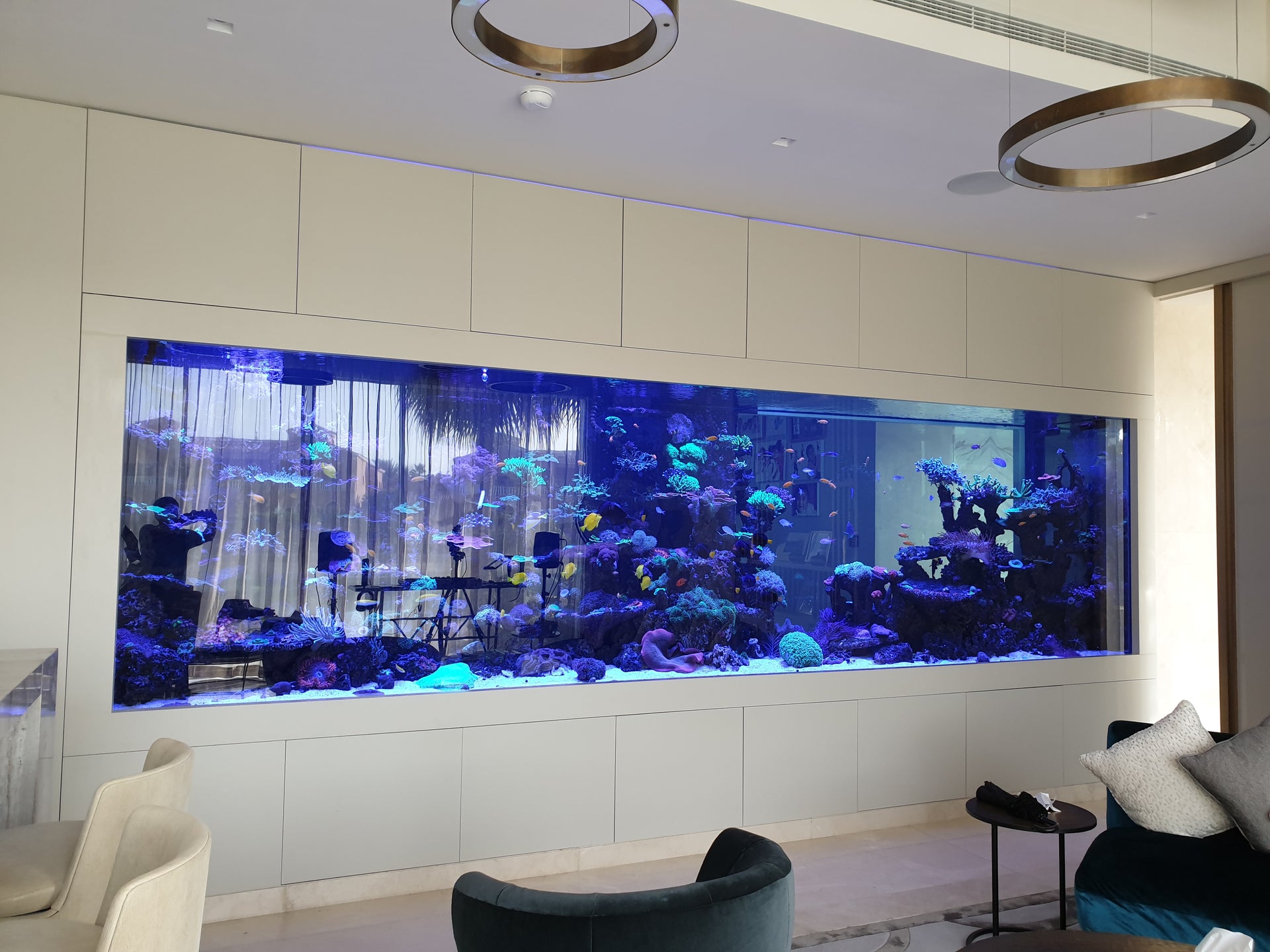It is difficult to nail down a perfect lighting recommendation for this category because chalice corals are a large conglomerate of different coral genera. For this reason, moderate lighting of around 100 PAR is recommended for best coloration and overall health. More intense light can sometimes be tolerated but typically these corals do not fare well under extremely intense light (over 400 PAR). If not provided proper lighting, their colors may fade depending on the species of chalice coral. Chalice corals tend to have some of the most impressive fluorescence in the reef keeping hobby which can be best viewed under actinic LED's. The Chalices we grow here at Tidal Gardens look best in the winter when light is less intense. In the summer they tend to have a more muted appearance but will return to more attractive coloration once in a stable home reef aquarium.
Low Light

Low light translates to about 30-50 PAR
Medium Light

Medium Light is between 50-150 PAR
High Light

High Light is anything over 150 PAR
Lighting is a loaded topic, so for a more in-depth discussion of lighting, please see our Deep Dive article.



